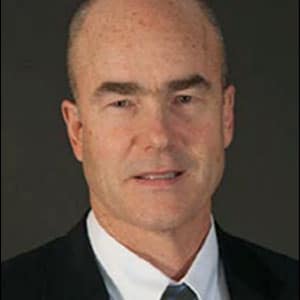Chloride ions carry most of the signals that stop seizures in the brain. However, when the anticonvulsant signaling molecule GABA activates chloride signaling, the expected anticonvulsant effect does not always occur. Dr. Staley’s team proposes that brain cells change their chloride content in response to a variety of conditions. They will ask if brain cells vary their local chloride content by using “salt substitutes”. Salt substitutes are molecules that carry the same amount of electrical charge as chloride, but are unable to stimulate the action normally associated with chloride. The team will focus on actin, a highly charged structural molecule that likely can act as a “salt substitute”. If they find that brain cells alter the effect of GABA by changing local actin, they can target this mechanism to treat epilepsy. Many of these mechanisms are already well-studied in other diseases and could be readily refocused to treat uncontrollable epilepsy.









